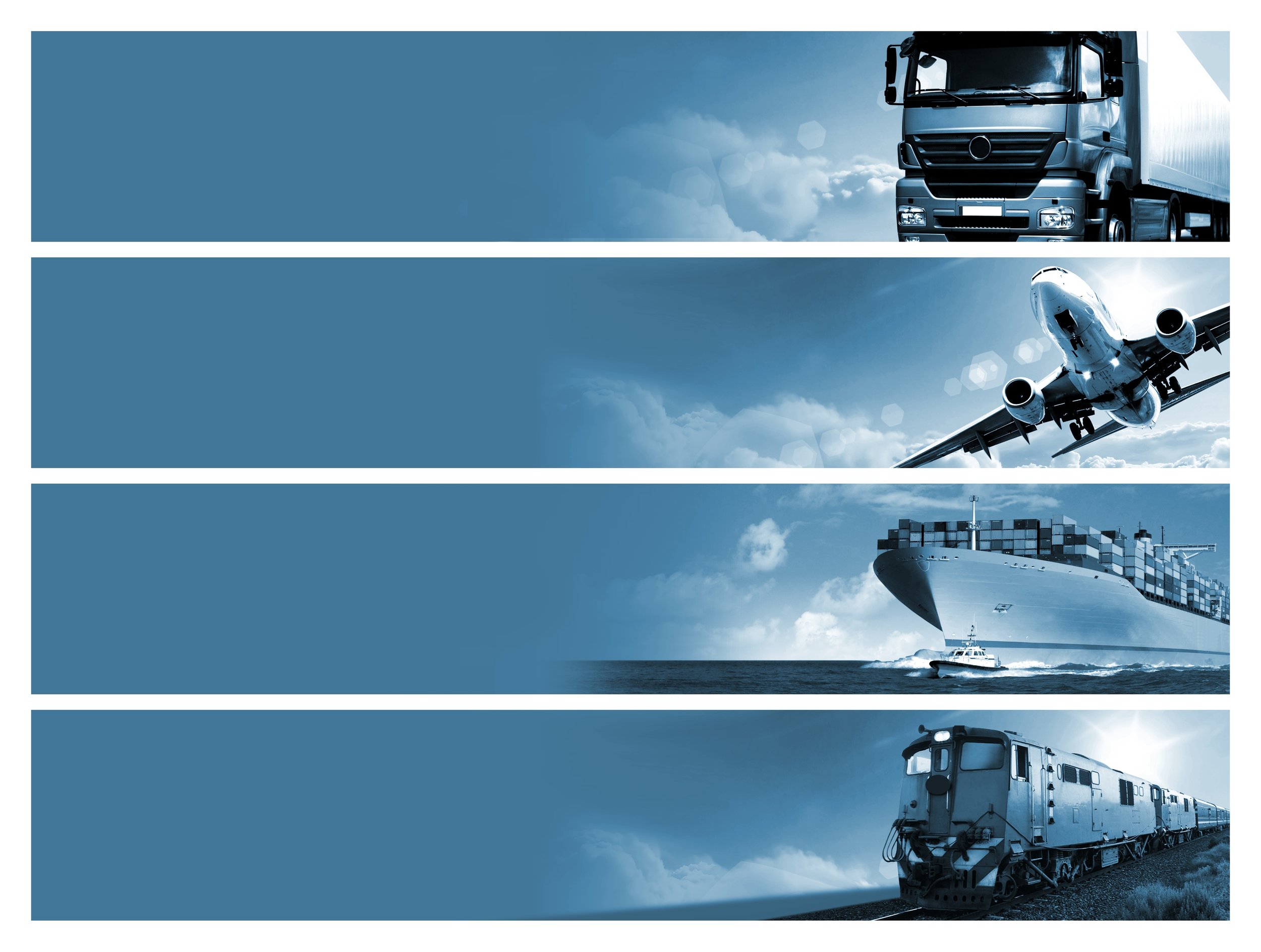The ever expanding scope of Infrastructure
Physical infrastructure commonly comes to mind when considering IT infrastructure. Highways are one of the most popular parallels. Roads start out as simple constructs that enable the transport of humans and their possessions via simple dirt paths. Maintenance is fairly straightforward. Operators must ensure the roads don’t flood and that foliage doesn’t overtake the tracks. Enterprise IT is similar in the sense that the role of the computer systems started with simple requirements. Early systems required network, storage and compute to enable applications to add business value.

As humans become more innovative with technologies such as wagons and cars, there’s a need to improve the infrastructure. Governments created Highways. The maintenance of the highway system becomes much more complicated. The government gets involved to ensure safety systems are in place. The parallel to enterprise IT remains strong. Entire organizations are formed to ensure compute, storage area networks and data networks provide the performance needed for complex applications. The infrastructure is designed and maintained for both safety and performance.
The question, does cloud break the analogy? I think transportation remains the perfect analogy for enterprise IT infrastructure inclusive of Cloud. Think the transportation innovation of flight. Just as the cloud delivers enterprise IT at new speeds and without the typical constraints of traditional IT infrastructure, flight enables transportation without the restrictions of highways. However, both still require infrastructure.

For flight, you have different government agencies to ensure the airplanes and operators meet safety requirements. You also have air traffic controllers and a system for routing traffic from one destination to another. For enterprise IT, you have higher-level capability such as containers as a service (CaaS), platform as a service (PaaS), and infrastructure as a service (IaaS). All of these new capabilities must undergo new management processes as new applications emerge.
Interestingly enough, flight didn’t do away with ground transportation. Because of safety and physical logistics, ground transportation serves needs that air transportation can’t or proves too inefficient. A matter of fact, ground transportation and air transportation compliment one another. In my lifetime, I don’t recall conversations that cars must become extinct as a result of the innovation in air transportation.
Consider some simple parallels with the transportation industry as you continue to examine how Public Cloud impacts your existing IT infrastructure. Ground transportation offers a tremendous mix of capabilities from rail, trucks, and light vehicles. Data center infrastructure provides the most flexibility, including legacy app support. There are some things you’d never transport by air as it makes little sense.

There is some crossover in the tools required to manage air and ground transportation. However, net new tools appeared for air transportation. Some of your existing tools will come in handy in the public cloud; however, you must look for new tools to manage a new delivery method.
Most importantly, just as a logistics company looks at the relationship of all the transportation methods, enterprises must look at public and private resources as complimentary systems. It’s the rare company that’s all one thing and none of the other.
Share This Story, Choose Your Platform!

IT infrastructure subject matter expert (Cloud, Virtualization, Network & Storage) praised for transforming IT operations in verticals that include Pharma, Software, Manufacturing, Government and Financial Services. I’ve lead projects that include consolidation of multiple data centers and combining disparate global IT operations. “Three letter” Federal agencies have called upon me to lead the modernization of critical IT communication platforms.




